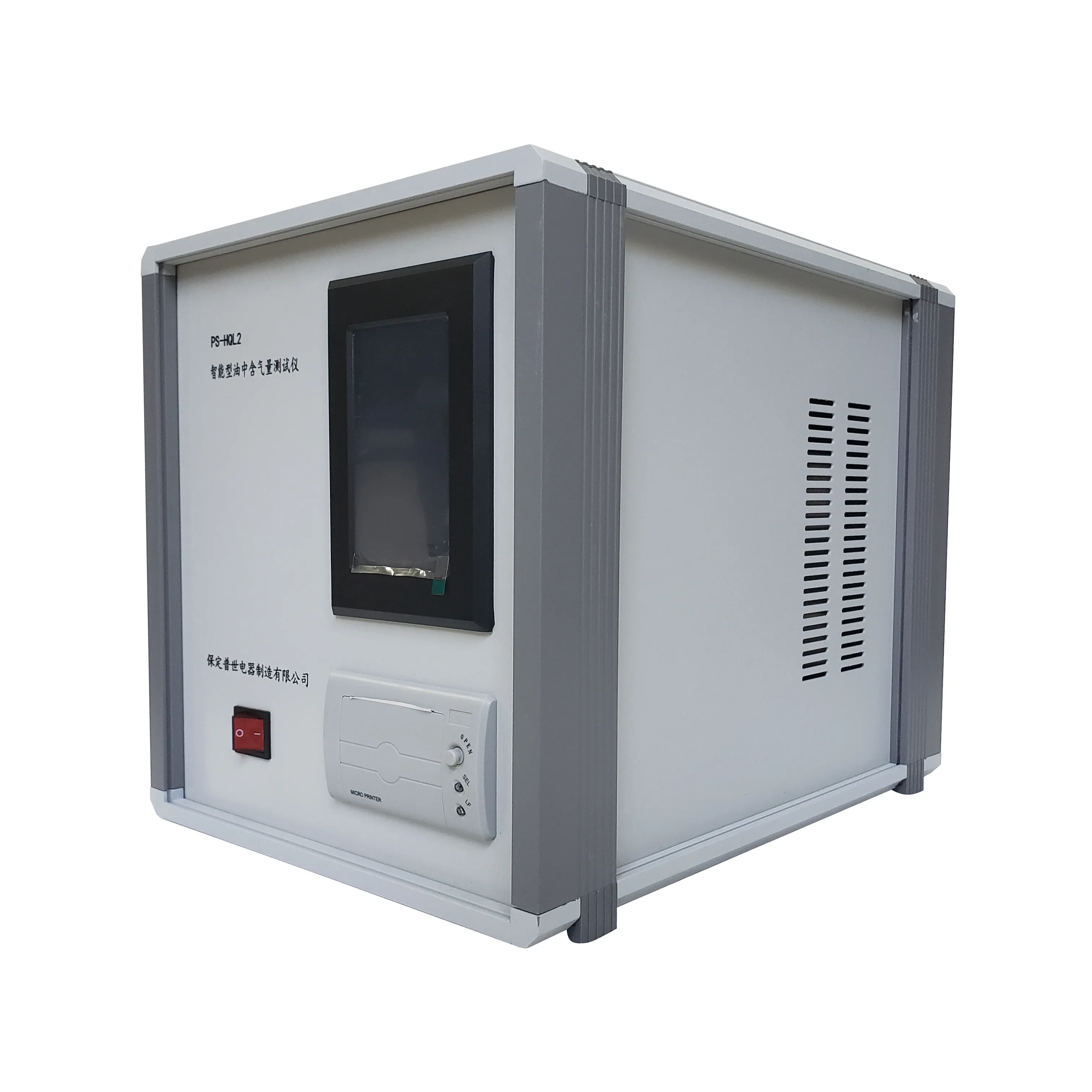TEL:
+86-0312-3189593
 English
English

Telephone:0312-3189593

Email:sales@oil-tester.com

-
 Afrikaans
Afrikaans -
 Albanian
Albanian -
 Amharic
Amharic -
 Arabic
Arabic -
 Armenian
Armenian -
 Azerbaijani
Azerbaijani -
 Basque
Basque -
 Belarusian
Belarusian -
 Bengali
Bengali -
 Bosnian
Bosnian -
 Bulgarian
Bulgarian -
 Catalan
Catalan -
 Cebuano
Cebuano -
 China
China -
 China (Taiwan)
China (Taiwan) -
 Corsican
Corsican -
 Croatian
Croatian -
 Czech
Czech -
 Danish
Danish -
 Dutch
Dutch -
 English
English -
 Esperanto
Esperanto -
 Estonian
Estonian -
 Finnish
Finnish -
 French
French -
 Frisian
Frisian -
 Galician
Galician -
 Georgian
Georgian -
 German
German -
 Greek
Greek -
 Gujarati
Gujarati -
 Haitian Creole
Haitian Creole -
 hausa
hausa -
 hawaiian
hawaiian -
 Hebrew
Hebrew -
 Hindi
Hindi -
 Miao
Miao -
 Hungarian
Hungarian -
 Icelandic
Icelandic -
 igbo
igbo -
 Indonesian
Indonesian -
 irish
irish -
 Italian
Italian -
 Japanese
Japanese -
 Javanese
Javanese -
 Kannada
Kannada -
 kazakh
kazakh -
 Khmer
Khmer -
 Rwandese
Rwandese -
 Korean
Korean -
 Kurdish
Kurdish -
 Kyrgyz
Kyrgyz -
 Lao
Lao -
 Latin
Latin -
 Latvian
Latvian -
 Lithuanian
Lithuanian -
 Luxembourgish
Luxembourgish -
 Macedonian
Macedonian -
 Malgashi
Malgashi -
 Malay
Malay -
 Malayalam
Malayalam -
 Maltese
Maltese -
 Maori
Maori -
 Marathi
Marathi -
 Mongolian
Mongolian -
 Myanmar
Myanmar -
 Nepali
Nepali -
 Norwegian
Norwegian -
 Norwegian
Norwegian -
 Occitan
Occitan -
 Pashto
Pashto -
 Persian
Persian -
 Polish
Polish -
 Portuguese
Portuguese -
 Punjabi
Punjabi -
 Romanian
Romanian -
 Russian
Russian -
 Samoan
Samoan -
 Scottish Gaelic
Scottish Gaelic -
 Serbian
Serbian -
 Sesotho
Sesotho -
 Shona
Shona -
 Sindhi
Sindhi -
 Sinhala
Sinhala -
 Slovak
Slovak -
 Slovenian
Slovenian -
 Somali
Somali -
 Spanish
Spanish -
 Sundanese
Sundanese -
 Swahili
Swahili -
 Swedish
Swedish -
 Tagalog
Tagalog -
 Tajik
Tajik -
 Tamil
Tamil -
 Tatar
Tatar -
 Telugu
Telugu -
 Thai
Thai -
 Turkish
Turkish -
 Turkmen
Turkmen -
 Ukrainian
Ukrainian -
 Urdu
Urdu -
 Uighur
Uighur -
 Uzbek
Uzbek -
 Vietnamese
Vietnamese -
 Welsh
Welsh -
 Bantu
Bantu -
 Yiddish
Yiddish -
 Yoruba
Yoruba -
 Zulu
Zulu
Led . 23, 2025 05:36
Back to list
PS-YN1301 Kinematic Viscosity Tester
Mastering Kinematic Viscosity Measurement An Essential Guide for Industry Professionals
For those seeking authoritative resources, the works of industry pioneers such as Milliken and Morgan provide comprehensive overviews of both traditional and contemporary viscosity measurement techniques. Many practitioners also rely on guidelines set forth by ISO standards, which ensure that methodologies align with international best practices. Trustworthiness in viscosity measurement is heavily reliant on calibration and maintenance of equipment. Regular calibration against certified reference materials ensures reliability and accuracy. Some manufacturers offer robust support services that include both calibration and training, providing peace of mind for operators and maintaining the integrity of the measurement results. Moreover, integrating digital technology into viscosity measurement is revolutionizing industry practices. The advent of digital viscometers, equipped with data logging and connectivity features, facilitates real-time data analysis and remote monitoring. This not only enhances operational efficiency but also aligns with modern digital transformation strategies across industries. When procuring viscometers, consider the specific application needs—such as temperature control, sample volume, and fluid type—to ensure optimal performance. Businesses benefit from forming strategic partnerships with manufacturers who provide comprehensive post-purchase support and possess a proven track record of reliability. In essence, mastering kinematic viscosity measurement can vastly improve process efficiency and output quality across various sectors. By leveraging expertise, maintaining authoritative standards, and embracing technological advancements, companies can foster a culture of trust and reliability in their fluid management practices. This strategic approach not only meets immediate operational needs but also positions companies to adapt swiftly to future innovations in fluid dynamics.


For those seeking authoritative resources, the works of industry pioneers such as Milliken and Morgan provide comprehensive overviews of both traditional and contemporary viscosity measurement techniques. Many practitioners also rely on guidelines set forth by ISO standards, which ensure that methodologies align with international best practices. Trustworthiness in viscosity measurement is heavily reliant on calibration and maintenance of equipment. Regular calibration against certified reference materials ensures reliability and accuracy. Some manufacturers offer robust support services that include both calibration and training, providing peace of mind for operators and maintaining the integrity of the measurement results. Moreover, integrating digital technology into viscosity measurement is revolutionizing industry practices. The advent of digital viscometers, equipped with data logging and connectivity features, facilitates real-time data analysis and remote monitoring. This not only enhances operational efficiency but also aligns with modern digital transformation strategies across industries. When procuring viscometers, consider the specific application needs—such as temperature control, sample volume, and fluid type—to ensure optimal performance. Businesses benefit from forming strategic partnerships with manufacturers who provide comprehensive post-purchase support and possess a proven track record of reliability. In essence, mastering kinematic viscosity measurement can vastly improve process efficiency and output quality across various sectors. By leveraging expertise, maintaining authoritative standards, and embracing technological advancements, companies can foster a culture of trust and reliability in their fluid management practices. This strategic approach not only meets immediate operational needs but also positions companies to adapt swiftly to future innovations in fluid dynamics.
Latest news
-
Testing Equipment Industry Sees Major Advancements in 2025: Smart & Precision Technologies Lead the WayNewsJun.06,2025
-
Applications of Direct Current Generators in Renewable Energy SystemsNewsJun.05,2025
-
Hipot Tester Calibration and Accuracy GuidelinesNewsJun.05,2025
-
Digital Circuit Breaker Analyzer Features and BenefitsNewsJun.05,2025
-
Benefits of Real-Time Power Quality Monitoring Devices for Industrial EfficiencyNewsJun.05,2025
-
Earth Fault Loop Testing in High-Rise Building Electrical SystemsNewsJun.05,2025



